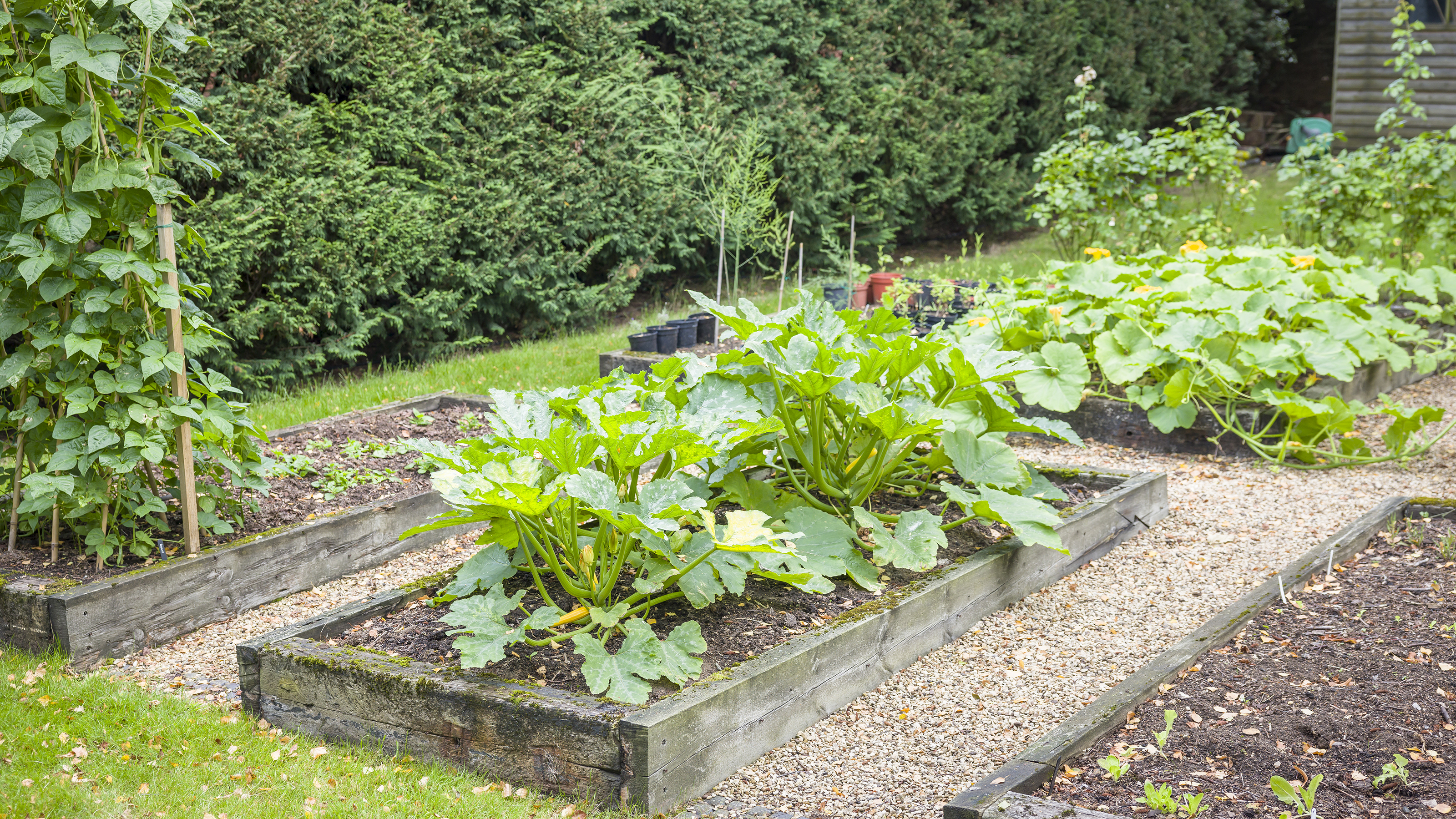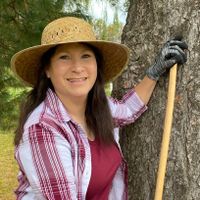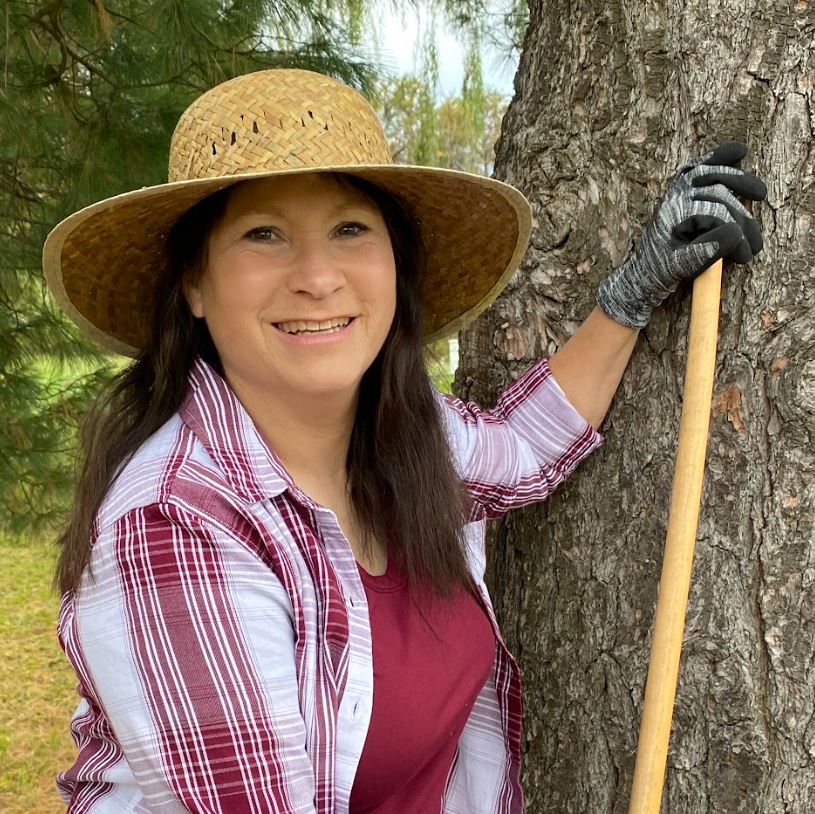Sloping Raised Bed Ideas: Building A Raised Bed On A Slope
Growing vegetables in hillside garden beds can be challenging but is made much easier with the construction of raised beds. Learn more here.


Growing vegetables in hillside garden beds can be challenging. Steeply sloped terrain is difficult to till, plus erosion flushes soil, fertilizer, and amendments downhill.
Terracing the slope works for perennial gardens as the plant roots anchor the soil and keep everything in place, but annuals are only in the ground part of the year.
Using raised beds on sloped ground eliminates the need to till annual beds and drastically slows down the rate of erosion.
How to Build Raised Beds on Sloped Ground
Gardeners have a choice in how they construct a raised bed on a slope. They can slice into the hill, level off an area, and build the raised bed as if the ground started out level. This method is also suitable when installing pre-fab raised beds on sloped ground.
For steeply sloped yards, this can create a lot of backbreaking digging and hauling dirt. An alternative method is building a sloping raised bed frame using tapered cuts to match the angle of the terrain.
As with any project, begin with a plan. Map out where you want the hillside garden beds to go. (Leave plenty of space between the frames for walking and working.) Gather the necessary tools and materials, then follow these simple steps:
- Using wood screws, assemble a basic rectangular frame from 2 by 6 inch (5 x 15 cm.) lumber. Raised beds on sloped ground can be any length, but 8 foot (around 2 m.) beds are generally easier and cheaper to build. For easy access, raised beds are usually no more than 4 feet (1 m.) wide.
- Set the rectangular frame on the ground where you want the finished bed to be located. Use the level and shims to raise the downhill portion of the frame so the box sits level.
- Cut legs from 2 by 4 inch (5 x 10 cm.) lumber for each corner of the box. (The length of each leg is dictated by the grade.)
- Gently tap the legs into the soil and screw to the frame, making sure to keep the hillside garden beds level. Longer boxes may require additional legs in the middle for support. Attach additional 2 by 6 inch (5 x 15 cm.) boards above or below the original frame as needed.
- When building a raised bed on a slope, there will be gaps between the lowest board and the ground. To easily fill this gap, place a 2 by 6 inch (5 x 15 cm.) board (cut to length) inside the box. From the outside of the frame, use the bottom edge of the lowest board to trace the cut line with a marker.
- Cut along the marked line, then screw this board into place.
Repeat step 5 until all the gaps are covered. (If desired, treat the box with a non-toxic sealant to prevent the wood from decaying.) Drive stakes in front of the boxes to keep them in place during torrential rainstorms and prevent bowing once the hillside garden beds are filled with soil.
Sign up for the Gardening Know How newsletter today and receive a free copy of our e-book "How to Grow Delicious Tomatoes".

Laura Miller has been gardening all her life. Holding a degree in Biology, Nutrition, and Agriculture, Laura's area of expertise is vegetables, herbs, and all things edible. She lives in Ohio.